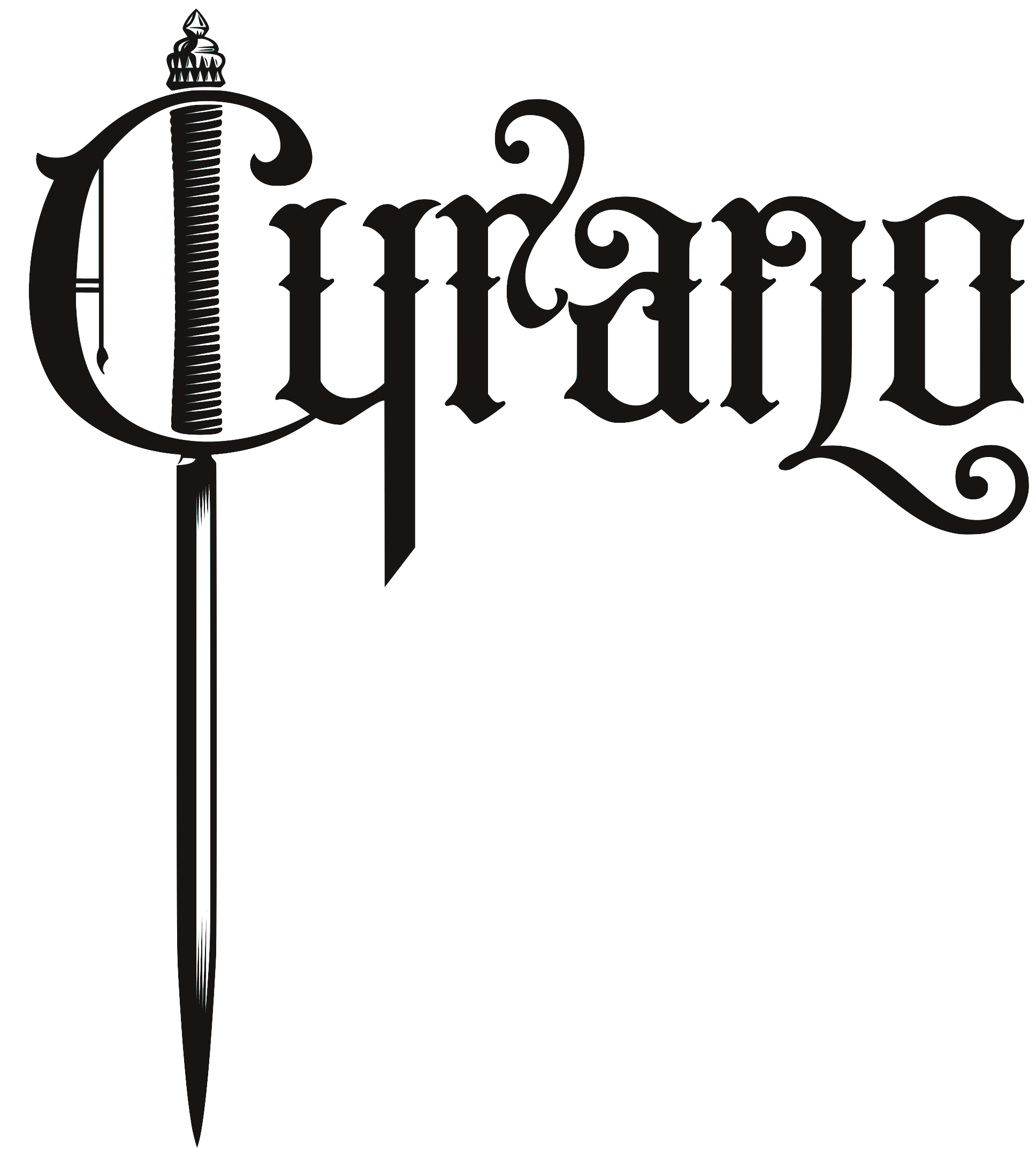The History of Armagnac
The History of Armagnac
Armagnac is the oldest brandy in France. It is a grape-based spirit with a 700 year old history. It is produced in the region it’s named for – Armagnac, in Gascony, Southwest France.
The Romans introduced the vine in this privileged region, the Arabs the alambic, and the Celts the barrel. Armagnac is born from the meeting of these three cultures.
The name comes from a knight called Herrman, companion of the fiery Clovis, to whom a kingdom was given as reward for his bravery. Latinised by the medieval ‘capistes’, Hermann would become « Arminius », just until the local language took over, transforming it into Armagnac.
The first evidence of its use dates back to the year 1310 when Maître Vital Dufour, prior of Eauze and Saint Mont, extolled the 40 virtues of this “burning water” in his book « To keep your health and stay on top form ». Therapeutic virtues were attributed to it … Water that burns: « aqua ardens ». A water of immortality with complex aromas and flavours.
“It makes disappear redness and burning of the eyes, and stops them from tearing;
it cures hepatitis, sober consumption adhering. It cures gout, cankers, and fistula by
ingestion; restores the paralyzed member by massage; and heals wounds of the
skin by application. It enlivens the spirit, partaken in moderation, recalls the past to
memory, renders men joyous, preserves youth and retards senility. And when retained
in the mouth, it loosens the tongue and emboldens the wit, if someone timid
from time to time himself permits”
During the 16th century, armagnac became very popular with the Dutch and in the 17th century they bought nearly all the wines from the French Atlantic coast except those in Bordeaux that were English.
Armagnac trading was subject to fluctuations with good and bad years. To overcome the shortcomings, it was kept in reserve and stored in wooden barrels, then a treasure was discovered: the colour, the roundness and the best fragrances that aging can pass on.
In the 18th century, the War of Independence in the US gave a supplementary boost to business where it enjoyed popularity helped by its revolutionary French credentials. But that trade dropped away – Prohibition killed it off.
In 1879, phylloxera hit the region and destroyed half the vineyards. It wasn't worse because the Bas Armagnac region has sandy soils and the phylloxera mites didn't thrive in it.
Since 1941 its production is closely monitored by the Bureau National Interprofessionnel de l’Armagnac (BNIA). Both the Armagnac terroirs and the production methods have to meet strict rules laid down by the Appellation d’Origine Contrôlée - like Champagne, Bordeaux, and Cognac - this guarantees consumers to acquire unique high quality products.
Cyrano





